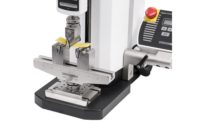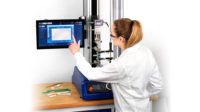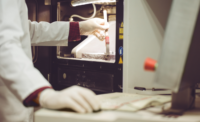A single universal testing machine (UTM) can perform a range of tensile and compression tests to assess the physical properties of the test specimen, implementing internal and external industry-specific standards. This enables cost-efficient quality assurance practices across various industries by offering versatility in conducting multiple tests with a single machine. Here we show how the key factors of flexible software and choice of accessories allow a universal solution to meet unique and specific needs.
Universal testers are primarily utilized to assess the robustness of a product, component, or material. This measurement often serves as the criterion for determining whether the item meets its intended purpose, whether in terms of functionality or safety. In many cases, test standards establish maximum load thresholds that a sample must withstand without deformation or failure, instilling confidence in its ability to function effectively during real-world use. Additionally, minimum load values can signify ease of use, an essential factor contributing to the overall usability and perceived quality of the final product.
Background and way forward
The evolution of UTMs has recently gained momentum, propelled by breakthroughs in design and functionality driven primarily by emerging technologies, notably electronics and subsequently, computers. The introduction of electronic strain gages has revolutionized the accuracy of force measurement, while electromechanical components have empowered greater control over the movement of machine elements, augmenting their load-implementing capabilities. Moreover, modern computer software now takes charge of overseeing the considerably more complex testing processes, notably data collection, complex calculations, and the generation of comprehensive and shareable test results reports.
As a result of these developments, a universal tester can regularly be found implementing tension and compression applications in QC and R&D environments.
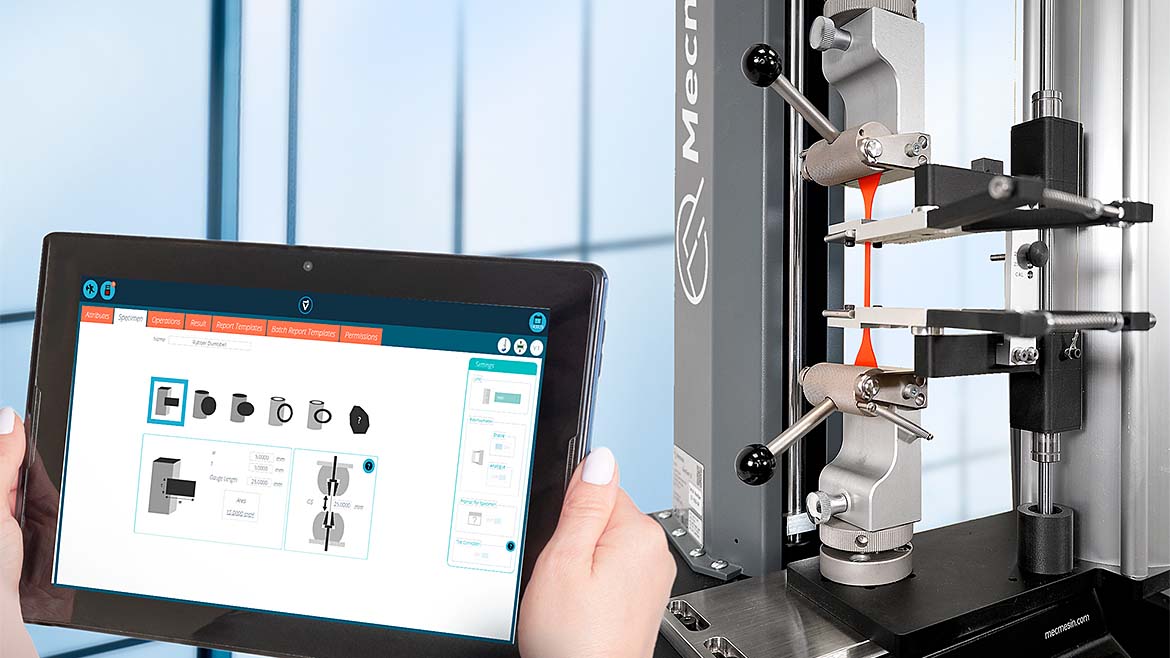
Tension
A software-driven UTM allows the human user to efficiently specify the test specimen’s initial geometry, and connect dedicated grips and digital instrumentation—an extensometer—designed to optimize the accuracy of the measurements taken. The program then handles the scientific calculations and communicates the output back to the user. This type of system now operates as an essential team member in quality assurance divisions globally.
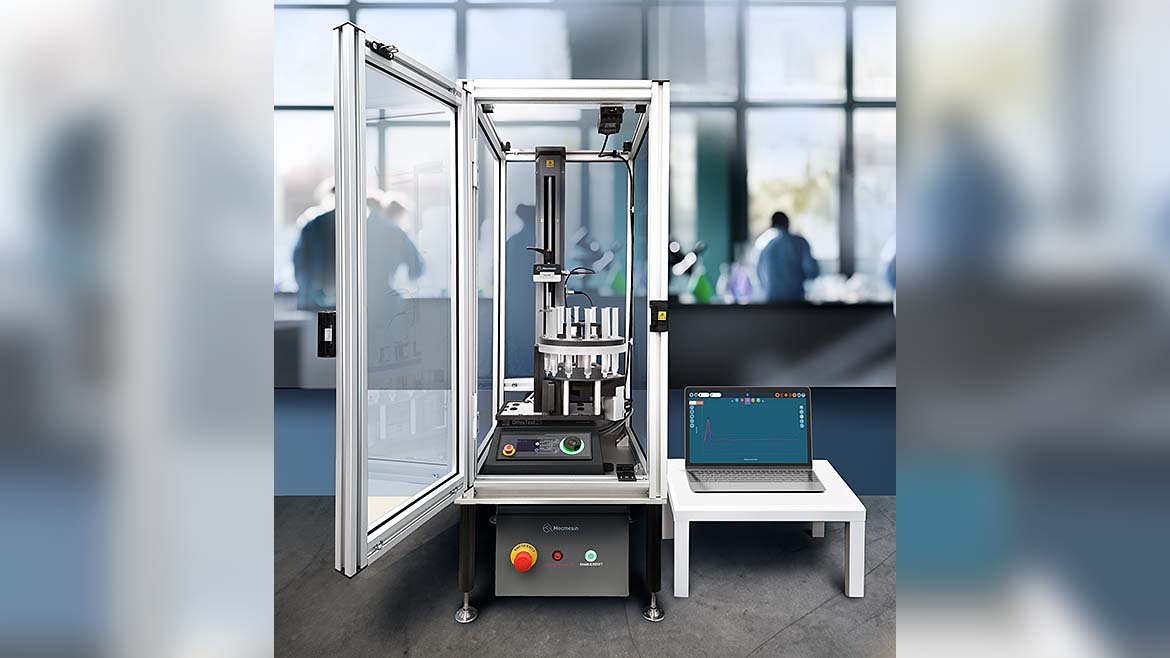
Compression
The same hardware, fitted with a flat-faced probe accessory is used to push the plunger of a syringe, measuring the effort required to expel the fluid from the cylinder. This ‘break-loose and glide’ force characteristic is influential in the efficient—and pain-free—delivery of the drug. Connectivity to external components and software control allows automation of elements in the complete testing cycle. Here a rotating carousel is loaded with a dozen test syringes and the results are calculated for the complete batch with intervention from a human operator.
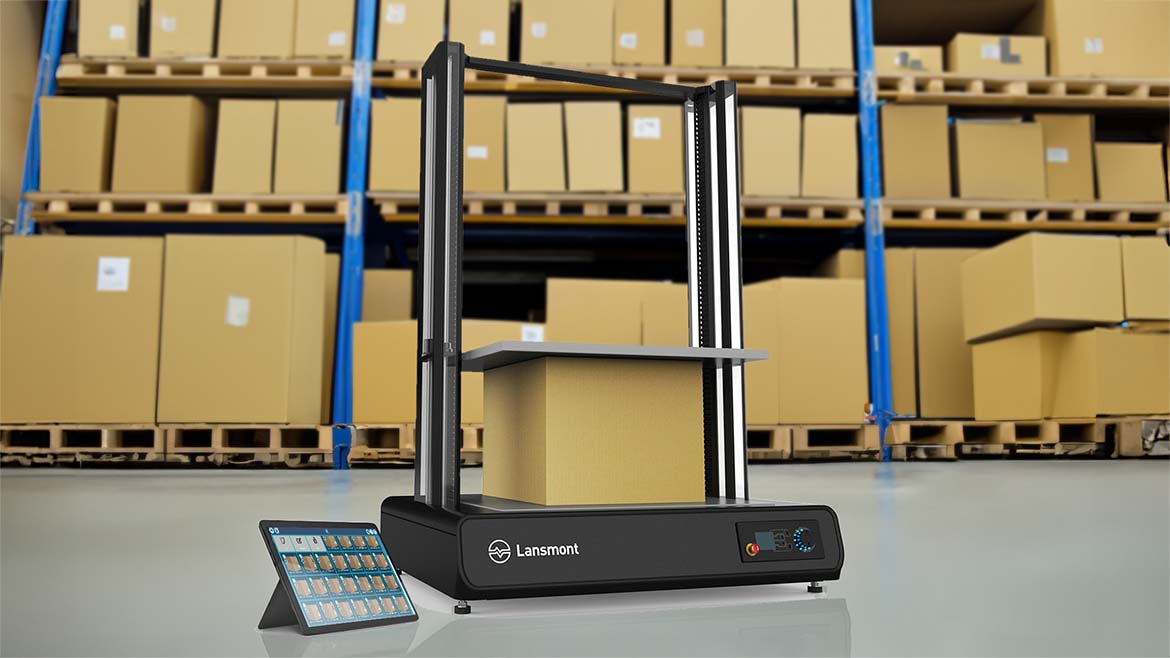
Quality control in production
A versatile test space supports universal testing of a full range of a manufacturer’s product variants. A common software platform establishes user familiarity with testing routines and facilitates efficient communication of results company-wide. Testers from benchtop to floor-standing find their place at point-of-manufacture and provide routine quality checks via pre-defined operator-specific test programs.
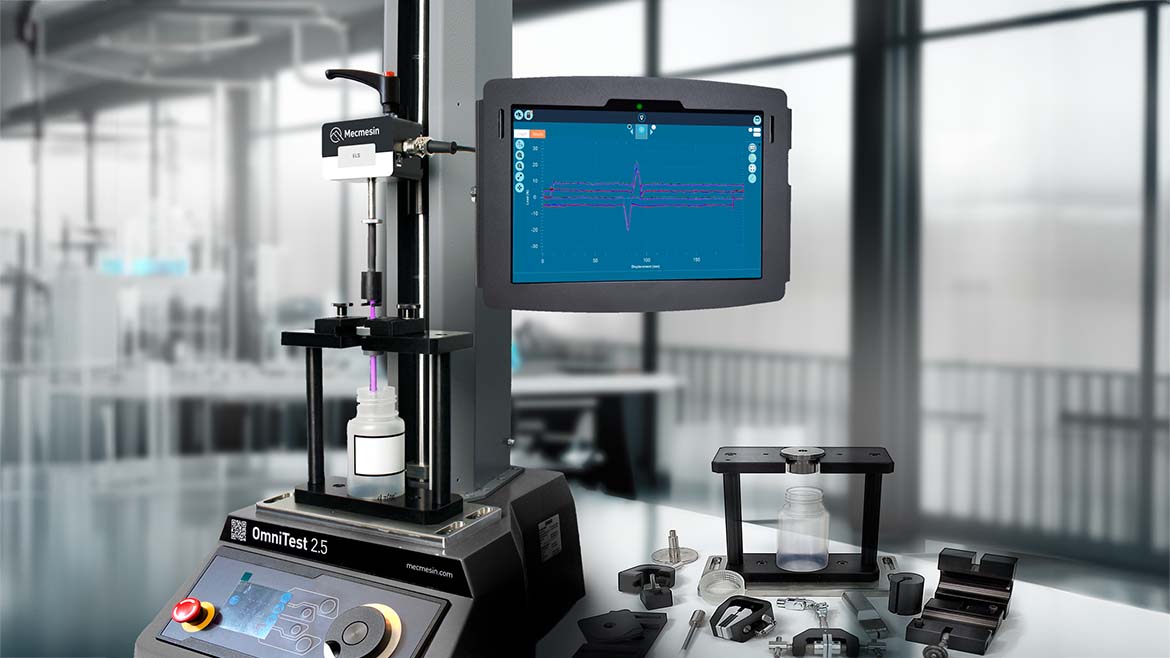
Research and development in design
Quality in design is a foundation of quality in manufacture. A single tester in the R&D environment can not only replicate the exact checks that may (or must) be performed in production but can implement the full spectrum of functionality assessments that a new product may require. By simply changing the fixturing, testing to in-house benchmarks and against relevant legislation is straightforward. Here, the aspiration and injection effort of a syringe is measured. The medical device industry is heavily regulated, and many standards cover a range of performance tests for a single product—each necessitating a different accessory.
Conclusion
In conclusion, the primary advantage of modern computer-driven physical testing equipment lies in its seamless integration of data collection and analysis with other parts of the company. In a manufacturing organization, the prime example would be a quality management system (QMS). The inherent flexibility of software empowers these hardware universal testers to conduct specialized testing with minimal further financial outlay. Furthermore, the information about a product’s performance in quality assurance testing can effortlessly feed back into the design and manufacturing processes, facilitating collaboration across geographically dispersed business units, and providing customers with valuable insights—all effortlessly accomplished within the digital domain. This synergy between technology and quality management processes enhances the efficiency and effectiveness of universal testing machines in today’s industrial landscape.

